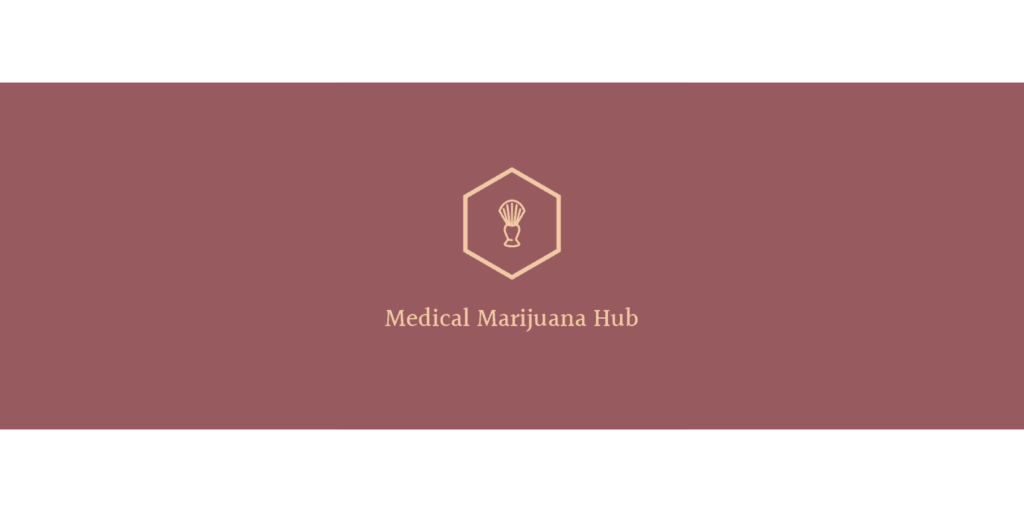Mold removal is a crucial process to ensure that your home remains safe, healthy, and free from harmful spores. Mold can grow in various places, especially in areas with excessive moisture, such as bathrooms, basements, and kitchens. It can spread quickly, causing damage to both the structure of your home and the health of its inhabitants. This article provides essential information on Mold Removal, the importance of addressing mold infestations, and steps you can take to eliminate mold effectively.
The first step in mold removal is identifying the presence of mold. Mold typically appears as black, green, or white spots on walls, ceilings, and other surfaces. If you notice an unusual musty odor in your home, this is often a strong indication that mold may be present, even if it’s not visible. Ignoring the issue can lead to serious health concerns such as respiratory problems, allergic reactions, and even neurological issues. Therefore, it is vital to act quickly when you spot mold growth or detect a musty smell.
Once mold is detected, it’s essential to start the mold removal process promptly. While small patches of mold may be cleaned with household products, larger infestations require professional mold remediation services. Professional mold removal experts have the tools and expertise to identify the extent of the mold problem, contain the spread, and effectively remove it from your home. In many cases, professionals can prevent further contamination, which might not be possible with DIY methods.
Proper mold removal goes beyond simply cleaning visible mold. It’s important to address the underlying cause of the mold growth, typically excess moisture. Mold thrives in damp environments, so without resolving the moisture issue, mold may return. This is why mold removal should be seen as part of a broader moisture control strategy. Whether it’s fixing a leaky pipe, improving ventilation, or installing a dehumidifier, ensuring your home stays dry is key to preventing mold re-growth.
During the mold removal process, the safety of the home’s inhabitants should always be a priority. Mold can cause health issues when disturbed, so protective gear such as masks, gloves, and goggles should be worn when handling mold. Additionally, sealing off the affected area to prevent spores from spreading throughout the home is essential. For those attempting DIY mold removal, using mold removal products specifically designed for the job is highly recommended to avoid damaging surfaces or worsening the mold problem.
A crucial aspect of mold removal is the cleaning of affected materials. Porous materials, such as drywall, carpet, and insulation, may need to be discarded if they have been severely damaged by mold. In some cases, mold can be removed from non-porous materials like glass, tiles, and metal with the right cleaning agents. It’s important to ensure that the cleaning is thorough and that no mold is left behind, as even a small amount can lead to further contamination.
After mold removal, it’s essential to take steps to prevent future mold growth. This involves both addressing immediate moisture problems and implementing long-term prevention measures. Ensuring that your home is well-ventilated, especially in moisture-prone areas like the bathroom and kitchen, can help reduce the likelihood of mold forming. Additionally, regular inspections and maintenance, such as checking for leaks and keeping gutters clear, can prevent mold from returning.
It’s also important to consider the potential financial implications of mold removal. The cost of professional mold removal services can vary depending on the size of the affected area, the severity of the infestation, and the location of your home. While it may seem expensive, investing in mold removal can save you money in the long term by preventing structural damage, health issues, and further mold growth. Many homeowners insurance policies may cover mold removal costs if the mold is caused by a covered event, such as water damage from a burst pipe. It’s worth checking with your insurance provider to see if you are eligible for coverage.
In conclusion, mold removal is a vital process for protecting your home and health. Whether you’re dealing with a small patch of mold or a large infestation, addressing the issue promptly is key to preventing damage and health risks. It’s essential to identify the source of moisture, clean the affected areas thoroughly, and take steps to prevent future growth. Whether you choose to tackle the mold problem yourself or hire professionals, mold removal is an investment in the long-term safety and well-being of your home and its inhabitants.
